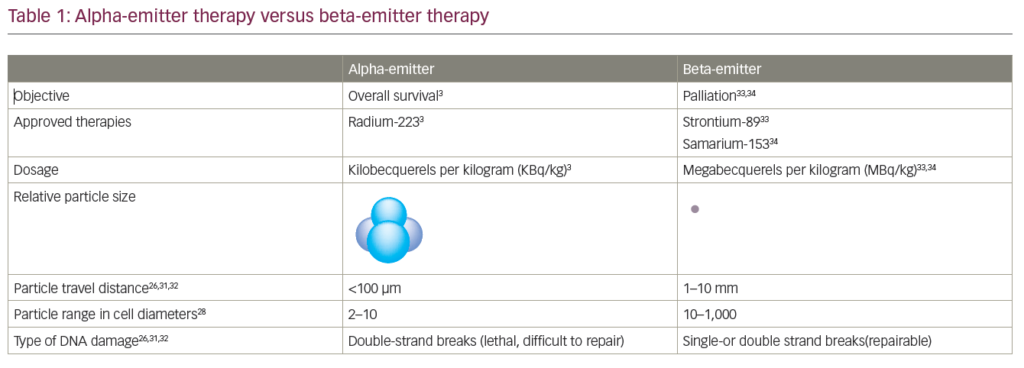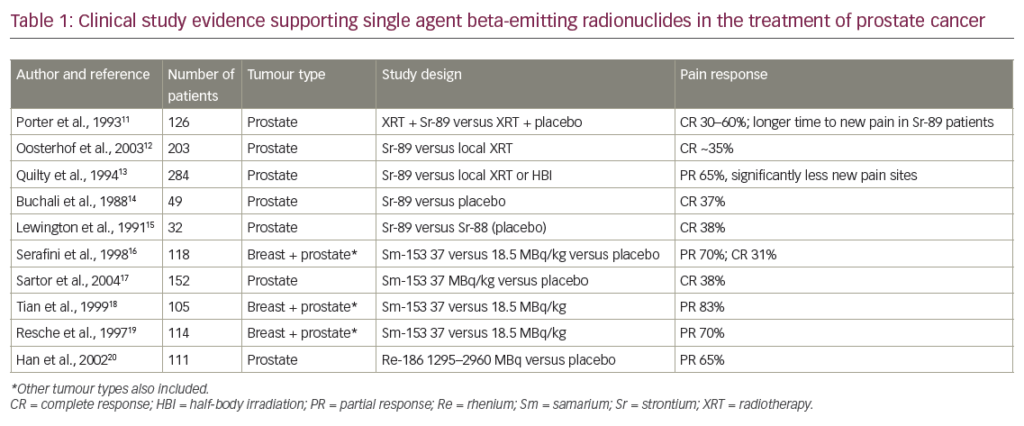Welcome to the latest edition of European Oncology & Haematology, which features a wide variety of topical articles of interest to oncologists and haematologists as well as the wider medical community. We begin with a review by Pérol of the treatment of advanced non-small cell lung cancer (NSCLC). Thanks to the advances in therapies that target single oncogenic alterations, as well as the advent of immune checkpoint inhibitors, personalised treatment has revolutionised NSCLC therapy. Prostate cancer is another area of groundbreaking clinical progress in recent years. Hennig, Gilbert and Merseburger review the latest clinical developments in the field of advanced prostate cancer.
Despite the availability of screening and vaccination programmes, cervical cancer represents a significant global health burden. Oaknin and Rodriguez-Freixinos review therapies that target angiogenesis, with a focus on bevacizumab, the first targeted agent to be granted regulatory approval by the US Food and Drug Administration for use alongside chemotherapy.
Large-scale sequencing of cancer genomes has now been completed for thousands of cancer samples. This has advanced our understanding of the genomic, biological and clinical features of myelodysplastic syndromes (MDS). In an editorial, Montalban- Bravo and Garcia-Manero discuss the molecular basis of this heterogeneous group of chronic haematological malignancies and its implications for new therapeutic agents. Also on the subject of haematological disease, Cappellini et al. celebrate the 10-year anniversary of the Sherlock Holmes symposia by describing a number of clinical cases of rare haematological disorders.
Addressing the needs of our ageing population is becoming more important as the ‘baby boomers’ reach retirement age, with a projected rise in cancer by the America Society of Clinical Oncology (ASCO) as the top cancer advance of 2016 to provide care tailored to the individual. Conversely, the rate of childhood cancer caused by genetic predisposition remains high (around 8.5%). Bourdeaut discusses the impact of next generation sequencing (NGS), in particular the moral implications of parents knowing that their unborn baby carries a deleterious mutation.
Two articles discuss recent advances in breast cancer. Belagali et al review the optimal use of fulvestrant, an oestrogen-receptor antagonist, in the management of hormone-receptor positive breast cancer. In addition Teixeira et al describes the applications of NGS in breast cancer. Identification of driver mutations opens the door to new targeted therapies and diagnostic tools.
Many cancer therapies are, by necessity, aggressive and are associated with toxicities that require careful management. An article by Eriksen and Merlano discusses one such therapy: hyperfractionated radiotherapy with concurrent cisplatin in HPV/p16 negative head and neck cancer. Finally, we focus on immunotherapy, which is also associated with significant toxicity. van Eeden and Bernardo L Rapoport review the supportive care of patients undergoing immunotherapy.
European Oncology & Haematology would like to thank our Editorial Board for their continuing support and guidance. A special thanks also goes to our authors, who gave their time and effort to produce an insightful selection of articles. The expert discussions and the range of topics covered ensure there is something of interest for every reader and we hope you find this edition useful.















